Camera and Lens
10/21/09
The
camera provides the full frame sensor and lens compatibility I was seeking.
The 24~105mm lens provides a good range of focal lengths and the system
compatibility with the camera, enabling rapid, integrated shooting. It
doesn't make much sense to get a camera body like this and be relegated only
to manual, screw-mount lenses. I view the screw-mount lenses I have as
extensions to this system, providing me a stop-gap range of focal lengths,
some of which are rarely used and not likely to be purchased as Canon Lenses
(the fish-eye and super-telephotos fall into this category). As I
recover from this purchase I can evaluate and act on the need for other
Canon lenses. I am considering the Canon EF 70~200mm 1:2.8L IS USM.
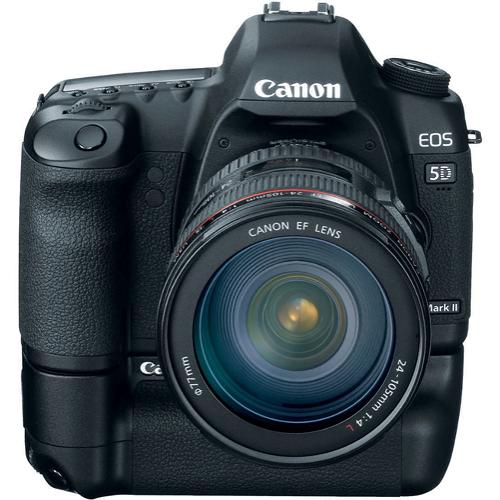
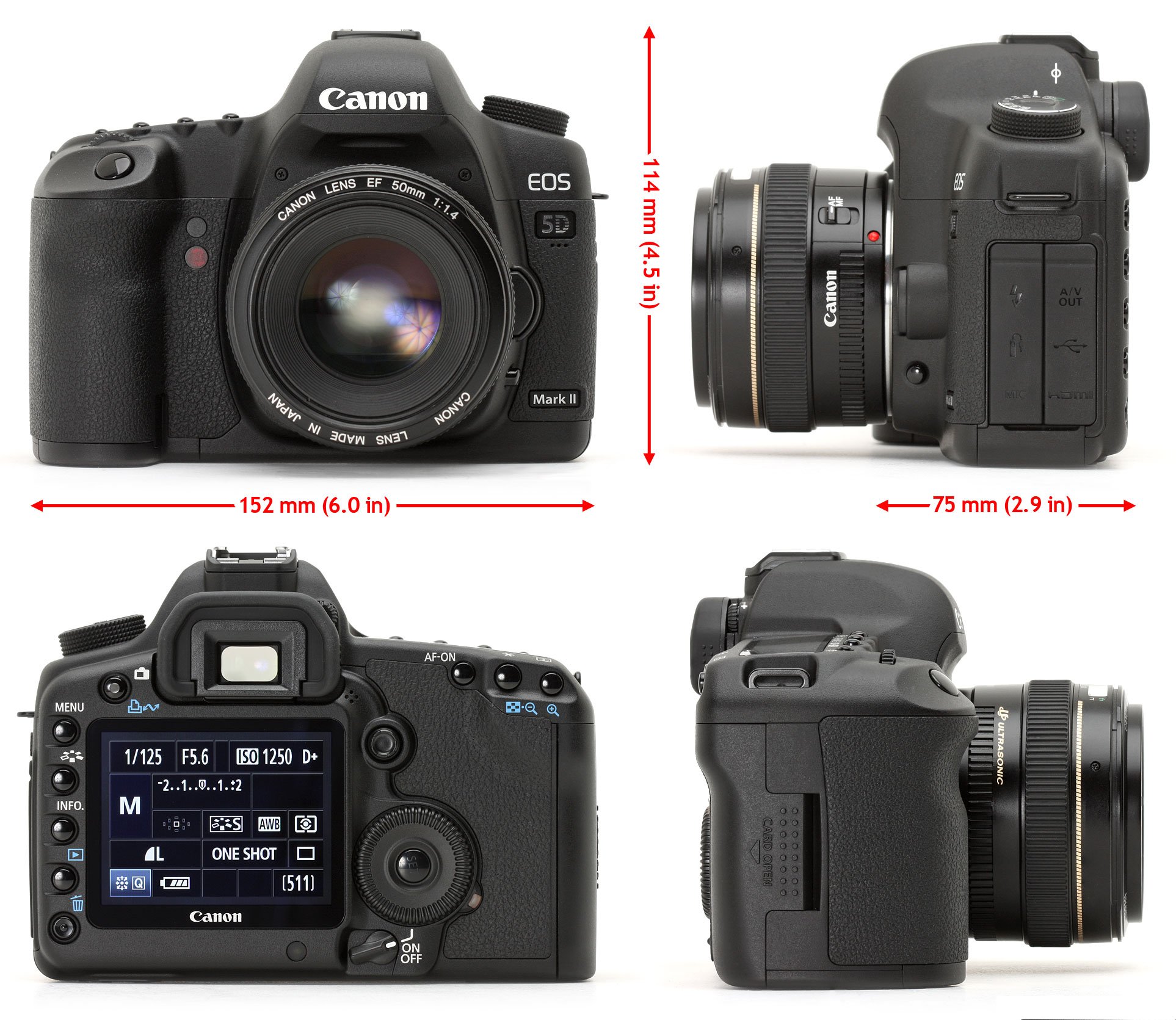
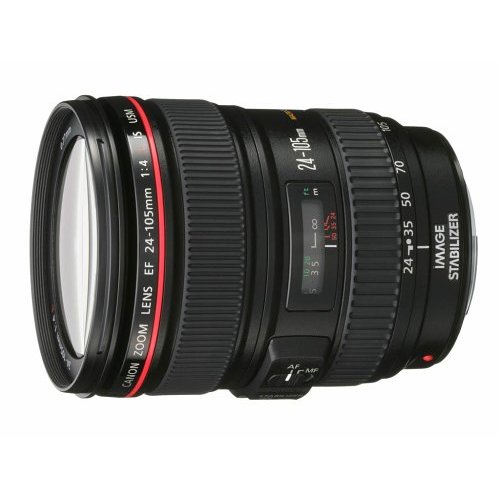
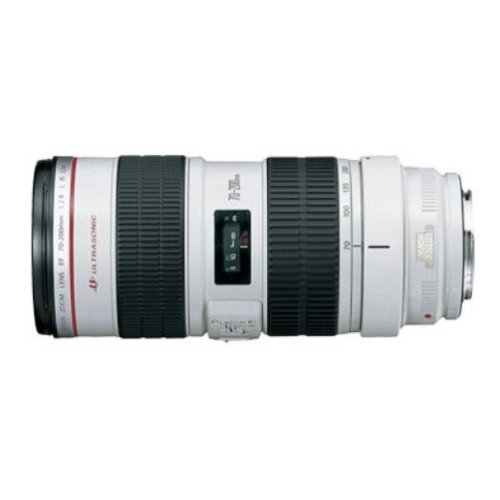
Canon TS-E 24mm f/3.5L II
Ultra Wide Tilt-Shift Lens
Filter
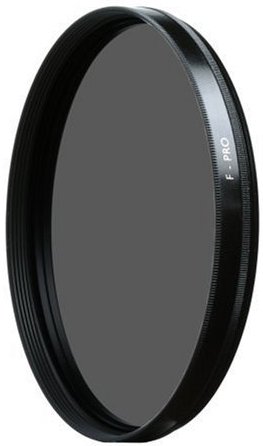
The
lens has a 77mm filter mount. If there is only one filter to have, it
must be the polarizing filter. In 77mm size, the circular polarizer
(required for this camera) is as expensive as some entry level digital
cameras... I was fortunate to have a 77mm polarizer in my collection
of gear so dodged this bullet, though I am afraid I will end up buying
another to benefit from a better anti-reflective coating...
Battery Grip
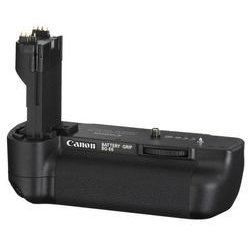
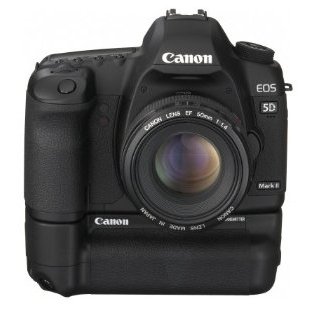
I
have always gone out with at least two batteries. I have often used
both batteries and found myself charging one in order to be able to shoot.
Consequently, I decided to start out with the Battery Grip because it holds
two batteries and comes with a battery clip so that regular double-A
batteries (AA) may be used as a back-up alternative to the rechargeable
batteries made for the camera.
Wireless Remote ("Cable Release")
In the old days one
used a cable release to trigger the camera when using slow shutter speeds on
a tripod or to include oneself in the image. This camera has no
provision for a cable release but does support a wireless remote that serves
the same purpose. Surprisingly, they're not very expensive, though
there are a number to choose from. For me the best choice was the one
that allows immediate firing or a two second delay. This one comes
with a clip that threads onto the camera strap so the remote may be stored
within easy reach.
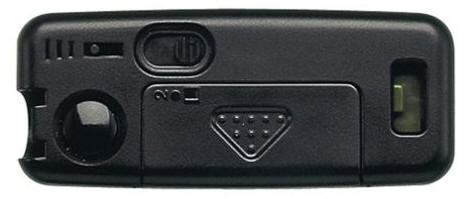
HDMI Cable
It's a little surprising that the camera
does not come with the HDMI cable. The first time I connected to a
wide-screen TV monitor, the pictures were "OK", but I was disappointed by
the quality. I concluded if the camera could transmit 1080i for
movies, it probably did the same for stills, and the manual more or less
says it does. So I looked around and found the Canon cable for about
$30. That seemed expensive so I went to Best Buy. When will I
ever learn. I have repeated this cycle of online shopping, Best Buy
(for instant gratification) and then ordering online. This time Best
Buy was out of the mini-to-standard HDMI cable but was happy to offer me an
$80 adapter and a$100 cable. The Canon cable started to look a
bargain, and in the end I saved even more money buying a quality third-party
unit.

Video Cable
The car has a small video monitor, about
7 inches. I decided it might be nice to preview shots on this monitor
when I am out and about. Due to the location of the plugs for the
monitor, it's best to leave it plugged in. I purchased a second mini-to-video cable, again
observing the incredible premium that Best Buy wants to charge - $40 versus
the $15 online for the Canon part. Note to self - stop going to Best
Buy!

Flash
The camera does not
have a built in flash. I retrieved one of my Vivitar 283 units.


I wanted better
lighting from it than direct or basic bounce so
outfitted it with a
Sto-Fen Omni-Bounce (OM-B) that slips onto the end of the flash head and
provides a softer, wider light source from the on-camera flash.
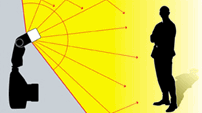
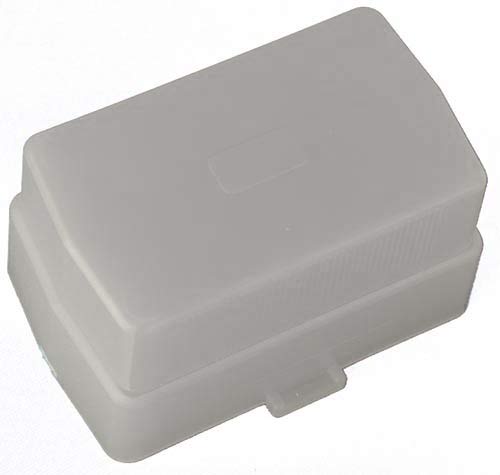
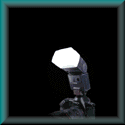
Batteries

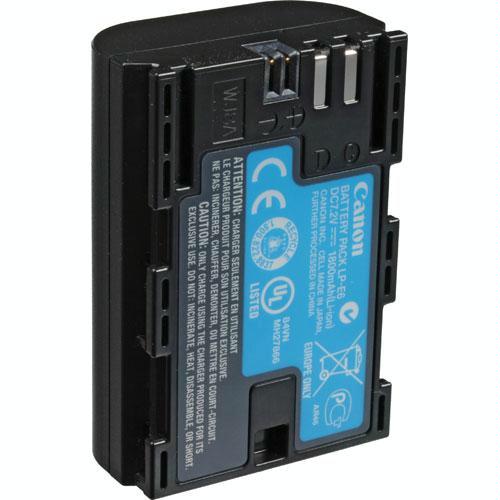
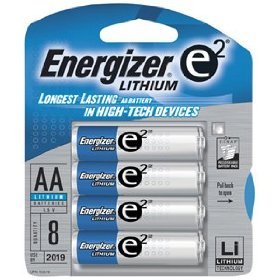
I
purchased an extra Canon rechargeable battery and AA Lithium batteries as a
secondary back-up. Reviews of the camera claim up to 1500 images on a
pair of Canon batteries, I suspect I will be charging batteries "on
location" a lot less often...
Memory

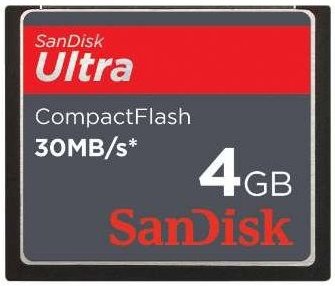
I'm
not sure if I should be surprised or not the camera does not come with
Compact Flash Memory. If I think of the memory cards as a the
modern-day equivalent to film, I guess it makes sense to let the consumer to
choose their own memory card. It also artificially reduces the cost of
the camera to leave it out of the package. In any case, I purchased a
16GB UDMA card to avail myself of the full performance this camera is
capable of providing. As a cost-saving move, I purchased a second,
smaller card to have as a back-up/overflow option.
Backpack
I have
a "gadget bag" or three at the house, not to mention more substantial camera
luggage. But after a few days of toting around the cliché camera bag
(read "man-purse") that offered limited storage for the camera, and above
listed items, I concluded I needed a backpack. To carry a lens or two,
and have some room for small personal items, I needed something bigger.
I asked a few friends what they used. This led me to some very
expensive LowePro backpacks that certainly appear to be worth the price of
admission, but were hard to justify. Then while reviewing a purchase
on Amazon, I encountered the Canon Deluxe Photo Backpack 200EG for a
price that seemed too good to be true.
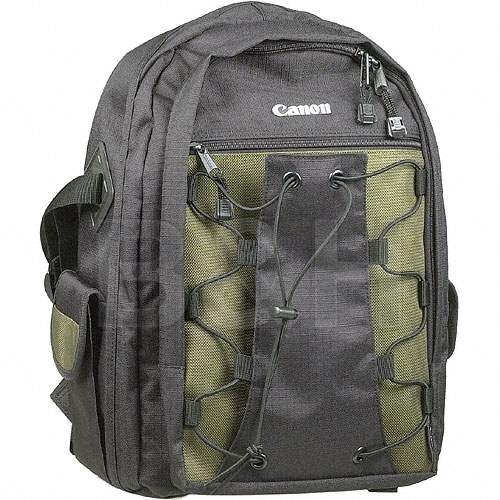
The good thing about
Amazon is that if you get something and it doesn't fill the bill, it's very
easy to return for a full refund. So I ordered and in two days
received the pack. It's certainly not going to enable me to carry an
arsenal of lenses, but I am able to get everything from the gadget bag, plus
a couple lenses into it, with some wiggle room. It solves the problem
of the effeminate gadget bag I was using, and translates to a carry method I
am much more comfortable with, leaving my hands free to shoot, and the bag
securely on my back where it can't swing down at an inopportune moment.
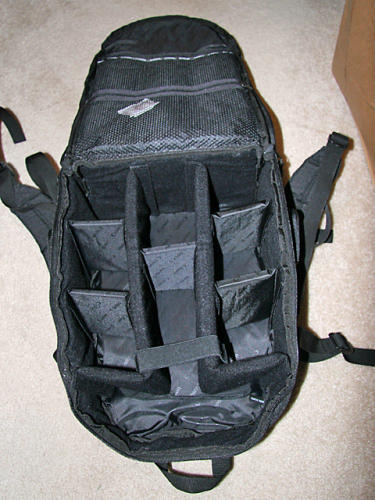
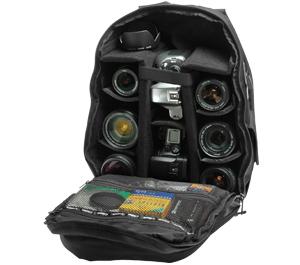
I blacked out the "Canon"
logos to make it less obvious what the contents might be...
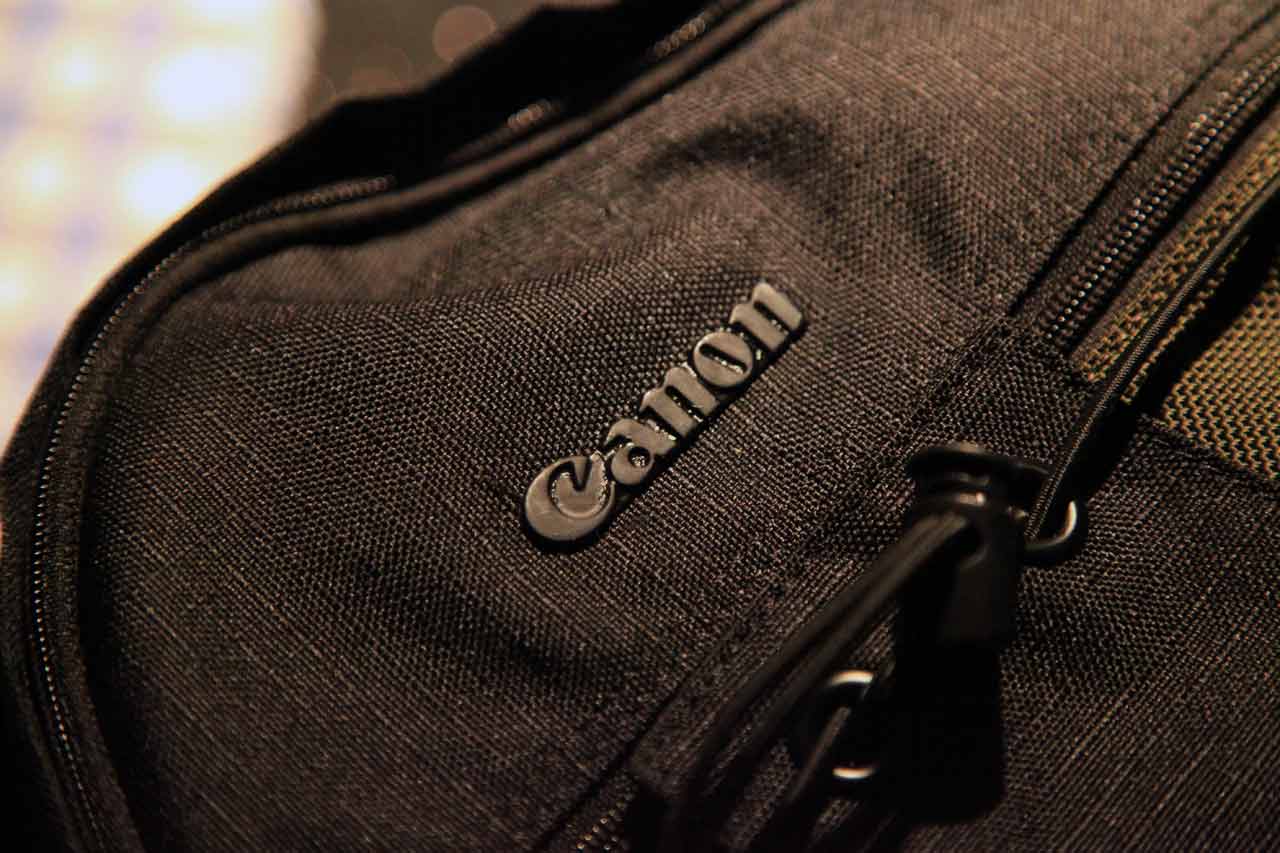
At the end of the day, this is
supposed to be all about making images. Sure, I have a fondness for
cameras, but I really do own them to make images. In the spirit of
sharing what this camera can do, with the kit lens as well as my screw-mount
lenses, here are some images I made - some right out of the box sitting in
my kitchen...

Super-Multi-Coated
Takumar 1:4.0/200mm (above)
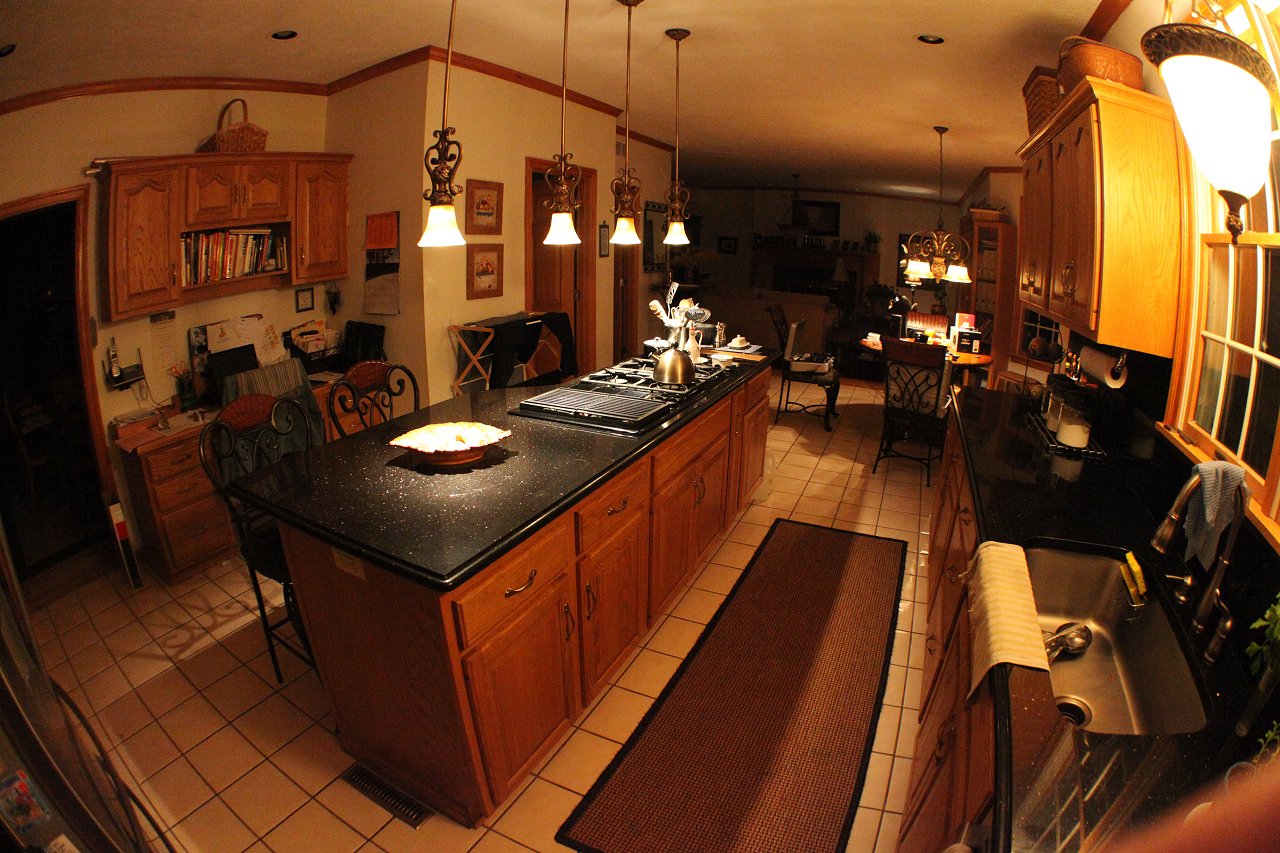
Super-Multi-Coated Fish
Eye Takumar 1:4.0/17mm (above)

Super-Multi-Coated Macro
Takumar 1:4.0/100mm (above)

Super-Multi-Coated Macro
Takumar 1:4.0/100mm (above)
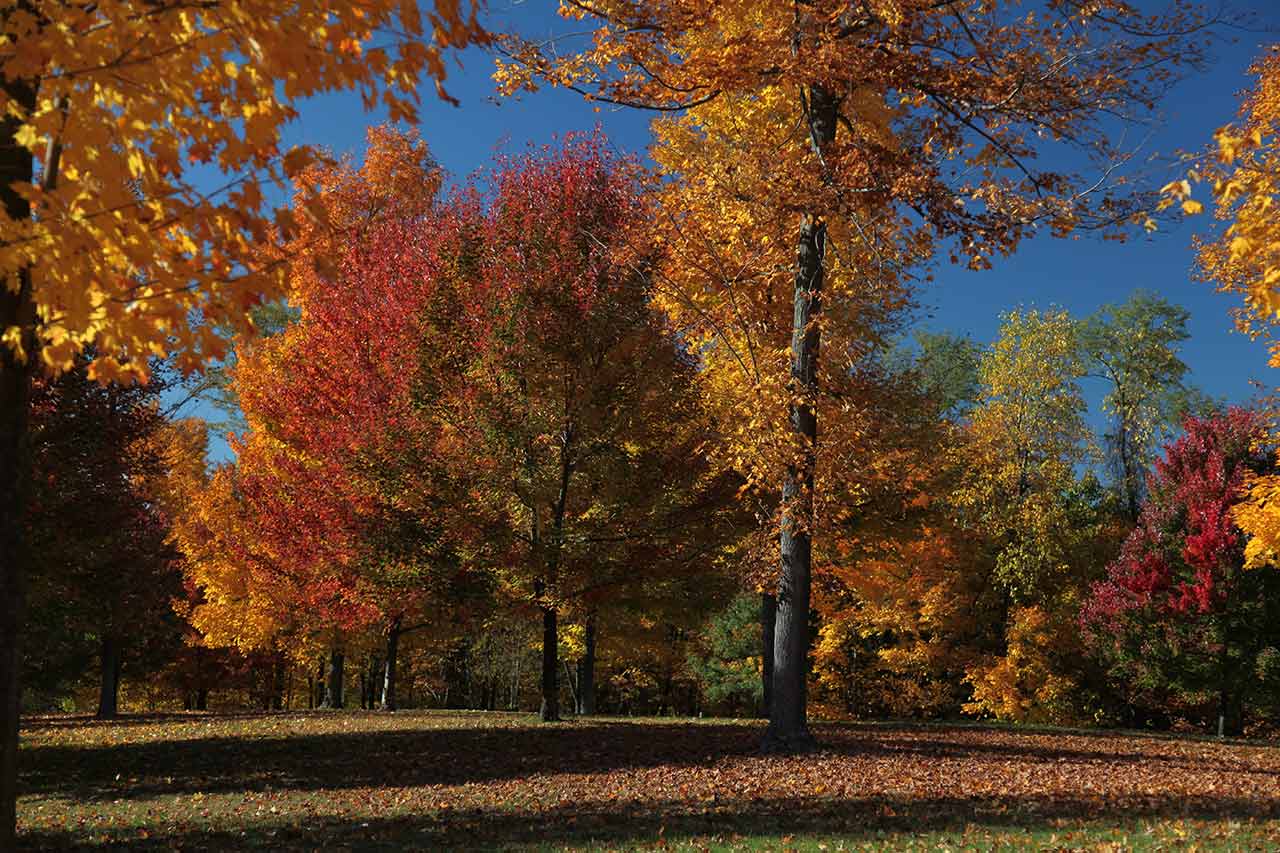
Canon EF 24~105mm 1:4.0 L
IS USM (circular polarizer) (above)

Canon EF 24~105mm 1:4.0 L
IS USM (circular polarizer) (above)

Canon EF 24~105mm 1:4.0 L
IS USM (circular polarizer) (above)
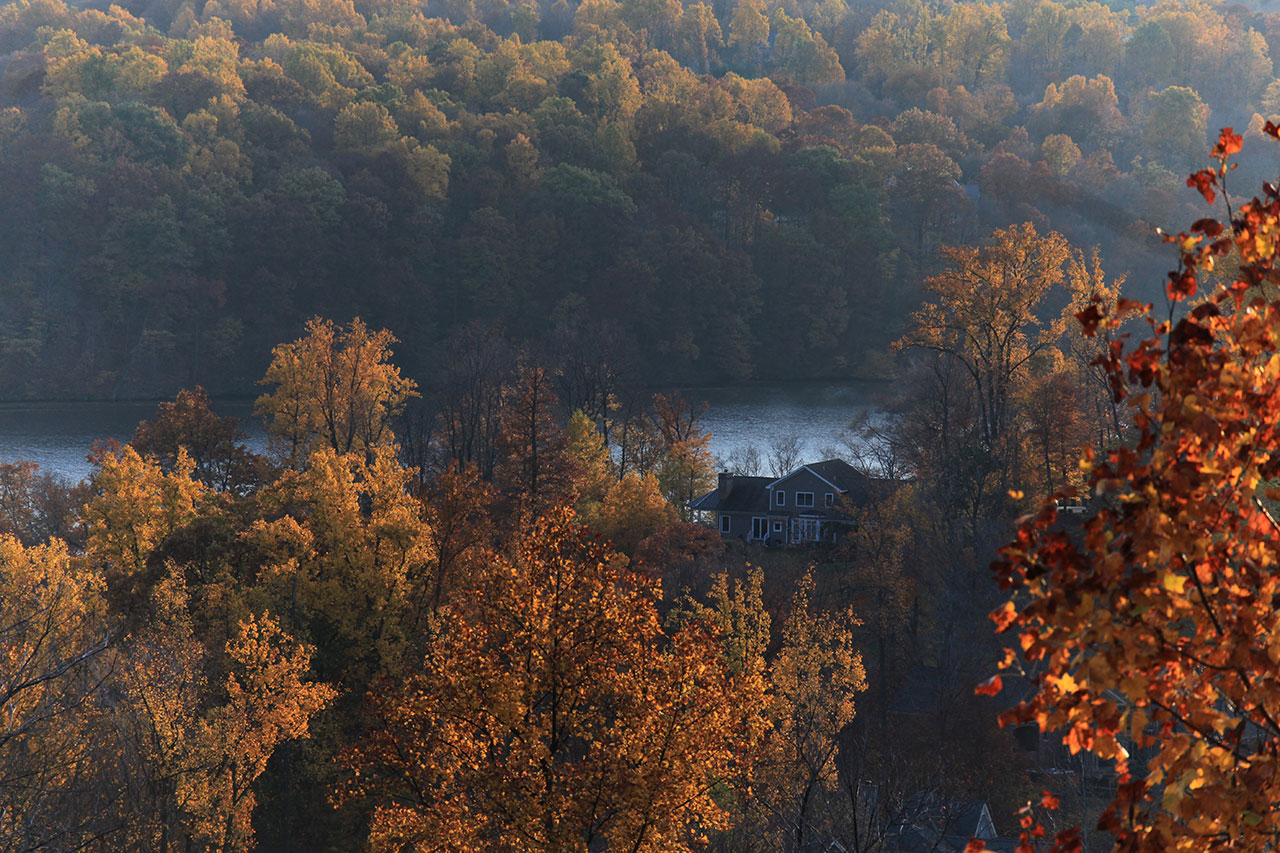
Super-Multi-Coated
Takumar Zoom 1:4.5/85~210mm (above) - see 100% crop below
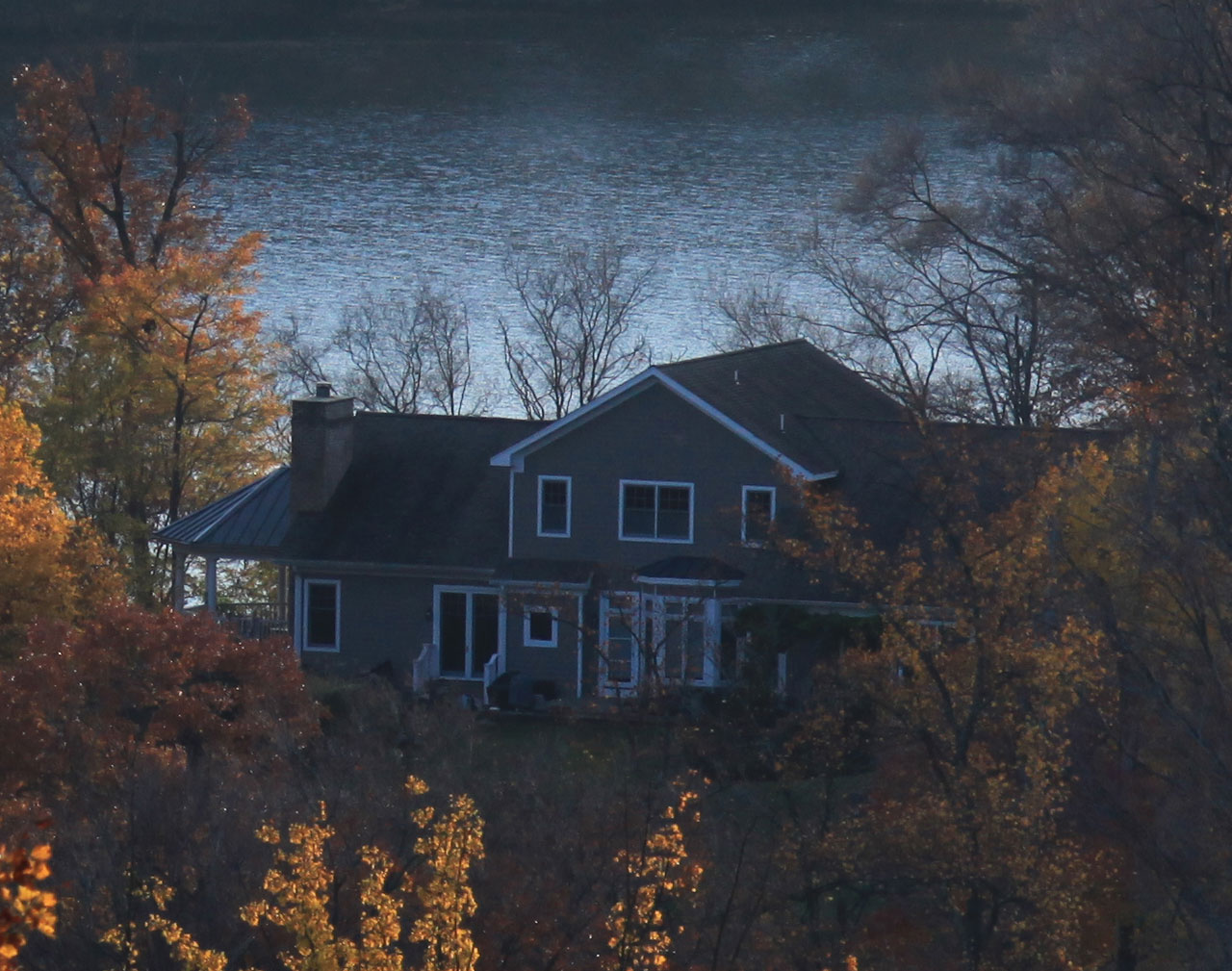
Super-Multi-Coated
Takumar Zoom 1:4.5/85~210mm (above)

Super-Multi-Coated
Takumar Zoom 1:4.5/85~210mm (above) - see 100% crop below
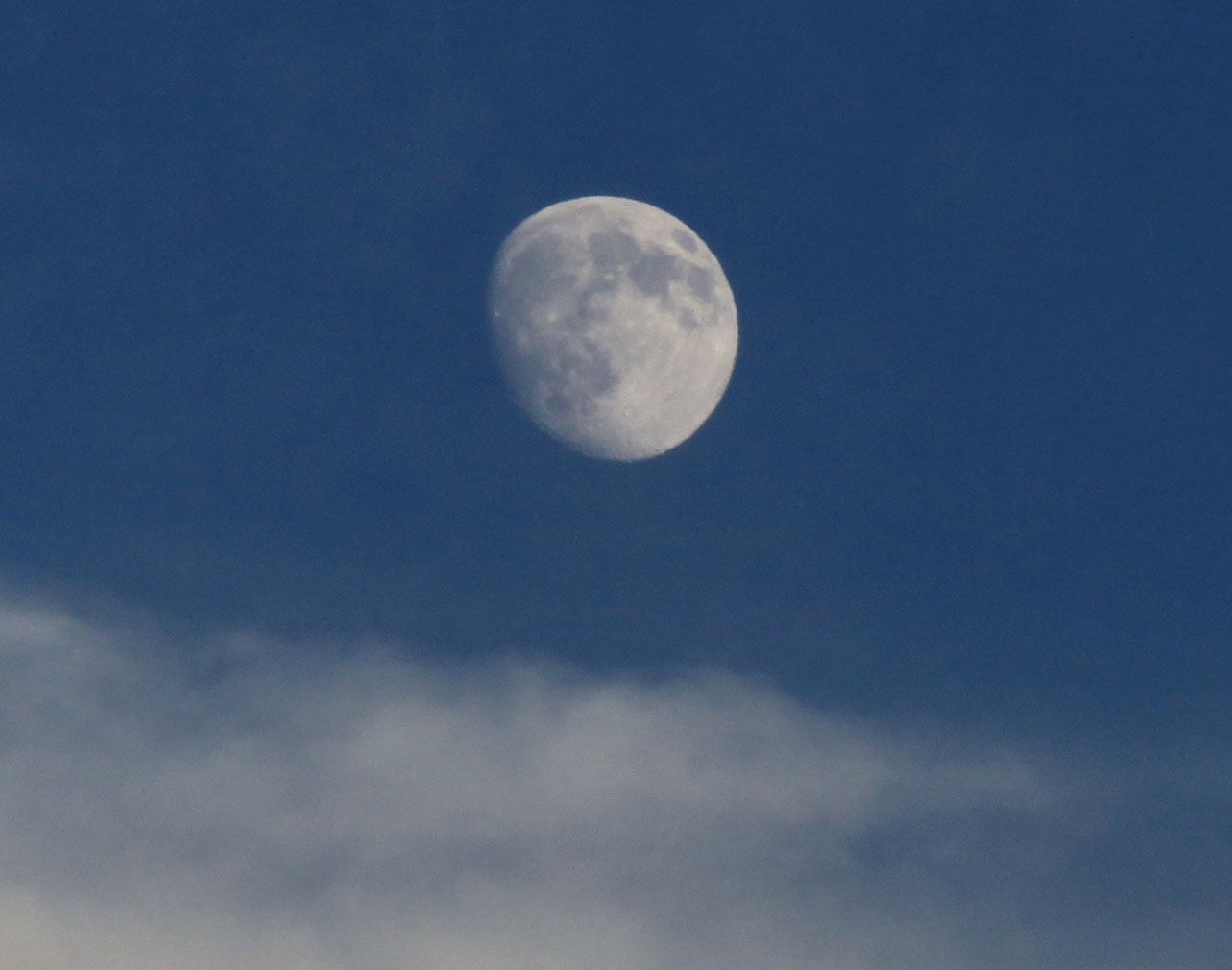
Super-Multi-Coated
Takumar Zoom 1:4.5/85~210mm (above)
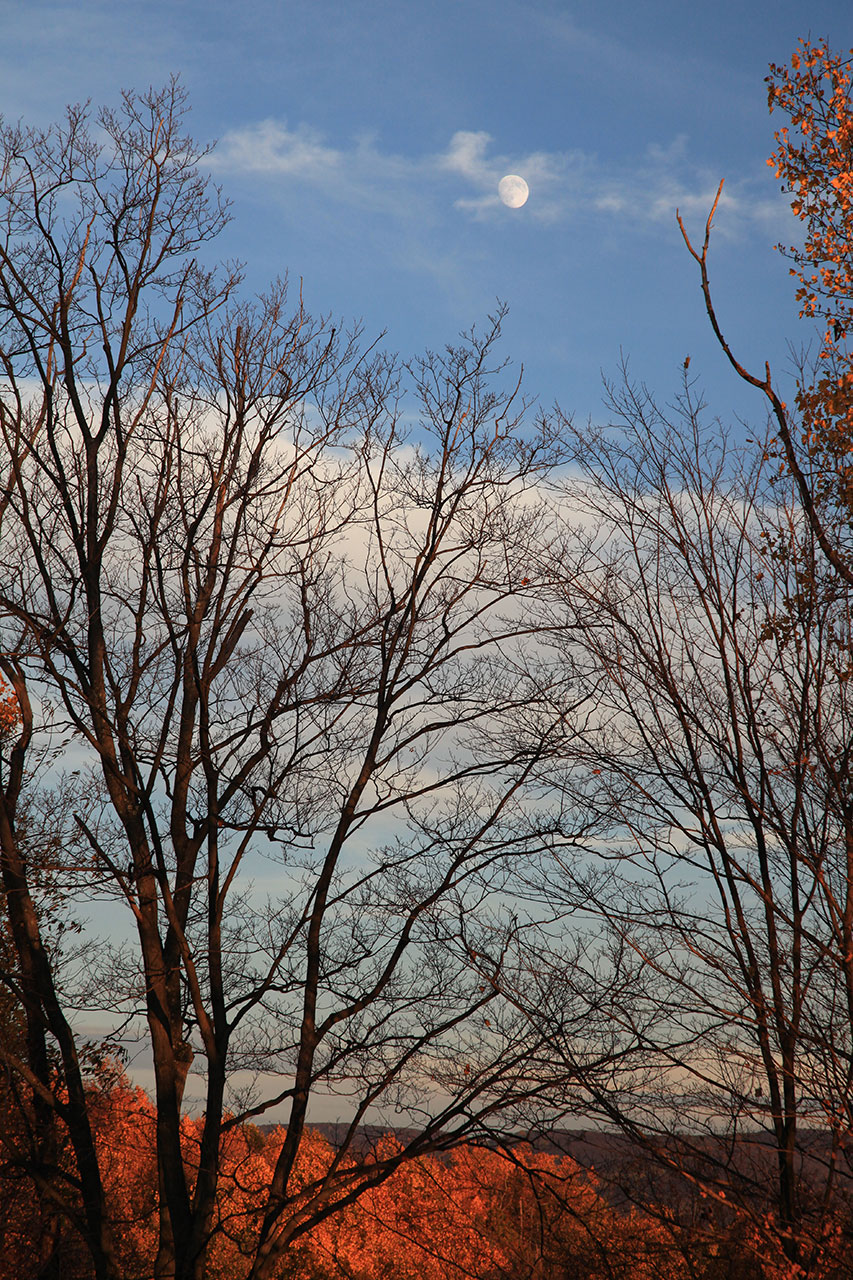
Canon EF 24~105mm 1:4.0 L
IS USM (circular polarizer) (above)

Canon EF 24~105mm 1:4.0 L
IS USM (circular polarizer) (above)
Pictures on this site
were made with the following cameras: |
Period
|
Camera Make/Model
|
|
October 2009 - Present
- |
|

|
|
November 2008 -
September 2009 -
|
|

|
|
May 2003 - November
2008 - |
|

|
|
March 2001 - May 2003 -
|
|

|
|
|

|
|
|

|
|
|

|
|
|

|
Visitors since
10/31/09